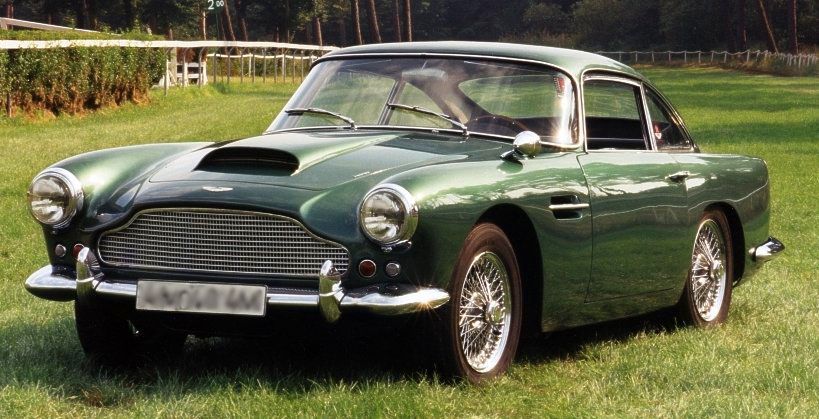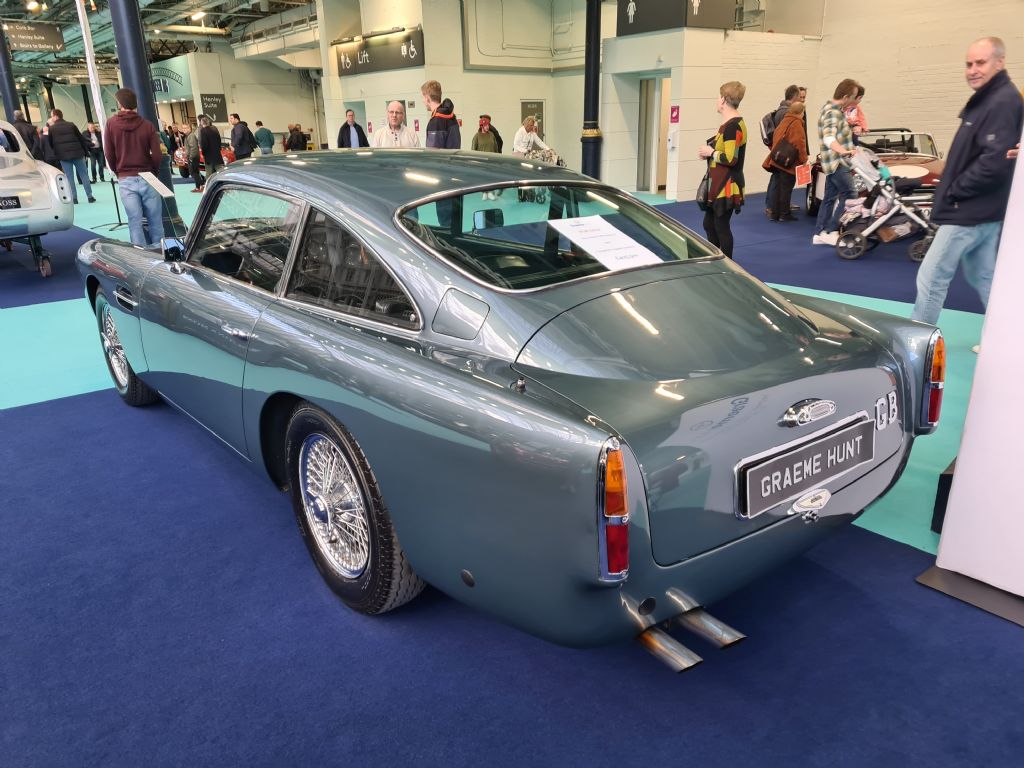Home > Classic Car Data > Aston Martin DB 4 Series 2
Aston Martin DB 4 Series 2
Intelligence Data:
About the Aston Martin DB 4 Series 2
The DB4 was manufactured from 1958 until 1963. It was an entirely different car from the DB Mark III it replaced, though the 3.7 L engine was externally visually related to the 2.9 L unit found in that car. The DB4's unique design and performance would later form the basis for future Aston Martin classics, such as the DB4 GT Zagato, the Lagonda Rapide 4-door saloon, and its ultimate replacement the Aston Martin DB5. There were five "series" of DB4s.
The 3.7 L (3670 cc/223 in³) engine, designed by Tadek Marek, was a double overhead cam straight-6, with cylinder head and block of cast R.R.50 aluminium alloy, a further development of the earlier engine. The engine was prone to overheating initially, but the 240 hp (179 kW) produced by the twin-SU carburettor version made buyers forgive this unfortunate trait. Servo-assisted disc brakes were fitted all round: early 11.5 in (292 mm) Dunlops were replaced by Girlings. The independent front suspension used ball-jointed wishbones, coil springs and rack-and-pinion steering. The live rear axle also used coil springs and was located by a Watt's linkage. The normal final-drive ratio for British and European use was 3.54:1: in the United States the ratio was usually 3.77. Customers wanting a car with an especially high top speed could choose a 3.31:1 ratio.
A car with the British standard 3.54 final drive ratio tested by The Motor magazine in 1960 had a top speed of 139.3 mph (224.2 km/h) and could accelerate from 0-60 mph (97 km/h) in 9.3 seconds. A fuel consumption of 17.7 miles per imperial gallon (16.0 L/100 km; 14.7 mpg‑US) was recorded. The test car cost £3967 including taxes.
There were five "series" of DB4. The most visible changes were the addition of window frames in Series II and the adoption of a barred (rather than eggcrate) grille in Series IV. The Series III cars differed from the earlier ones in having taillights consisting of three small lamps mounted on a chrome backing plate. Earlier cars have single-piece units and the last Series V cars of September 1962 have similar taillights but recessed.The Series V also has a taller and longer body to provide more interior space, though the diameter of the wheels was reduced to keep the overall height the same. The front of the Series V usually was of the more aerodynamic style as already used on the Vantage and GT models, a style that was later carried over to the DB5 cars.
Steel chassis with aluminium body
Engine : all alloy straight six dohc
Transmission : Four speed manual rear wheel drive
Suspension : Front coil springs, double wishbones, telescopic dampers, anti-roll bar. Rear has a live axle, coil springs located by a Watts linkage with lever arm dampers
Brakes : discs all round with servo
Steering : Rack and pinion
Vital Statistics
| Years: | 1958 to 1963 |
| Produced: | 351 vehicles |
| Capacity: | 3670 cc |
| Engine: | Straight 6 dohc |
| Power: | 240bhp at 5000 rpm |
| Top Speed: | 139.3mph |
| 0-60mph: | 9.3 |
| MPG: | 17.7mpg |
Source: Wikipedia
Aston Martin DB 4 Series 2 Gallery
Search Database
Classified Alerts
We can help you find the classic vehicle you desire.
Advertise Here
You can advertise your business here. Call us on
01892 457670

.jpg)

